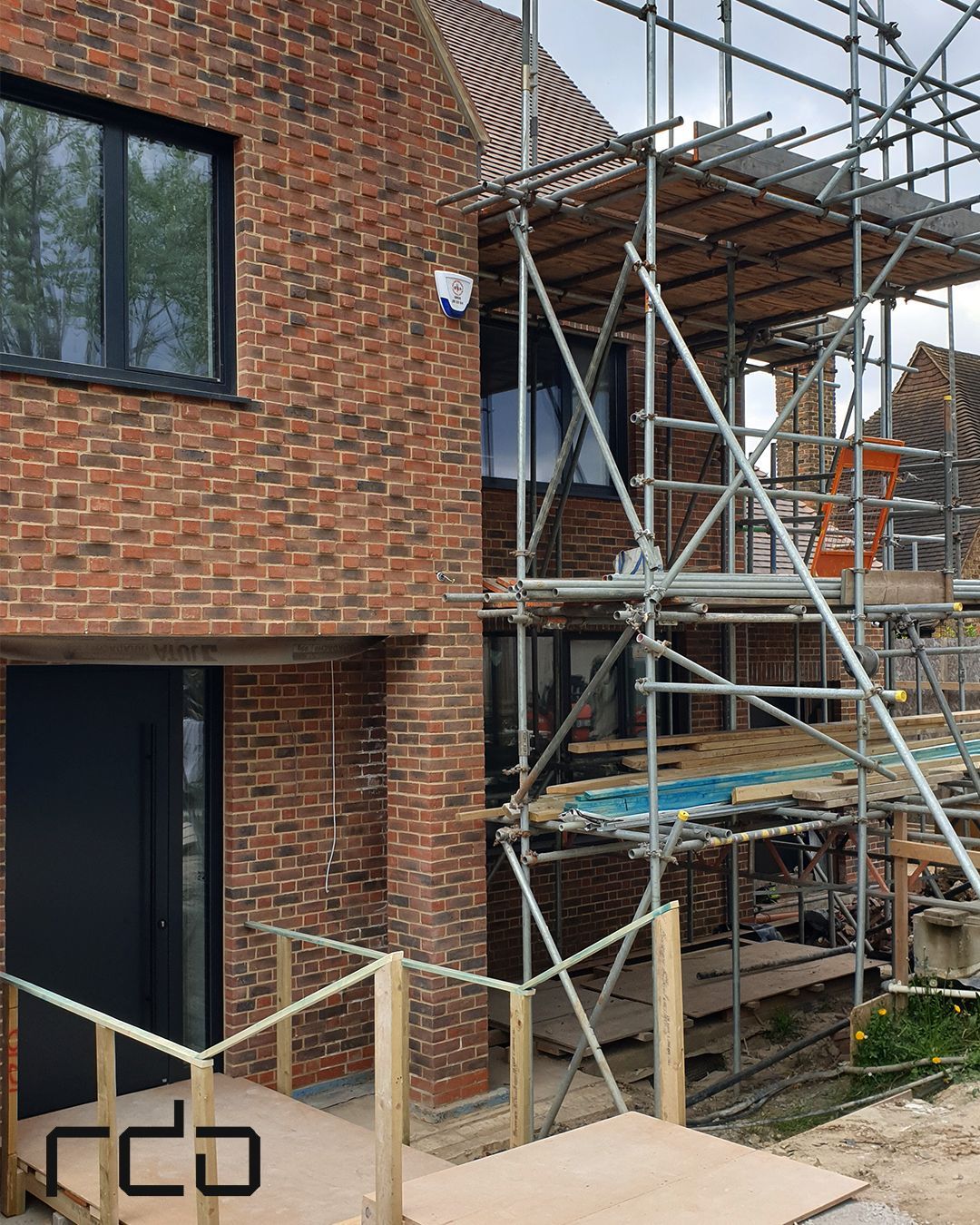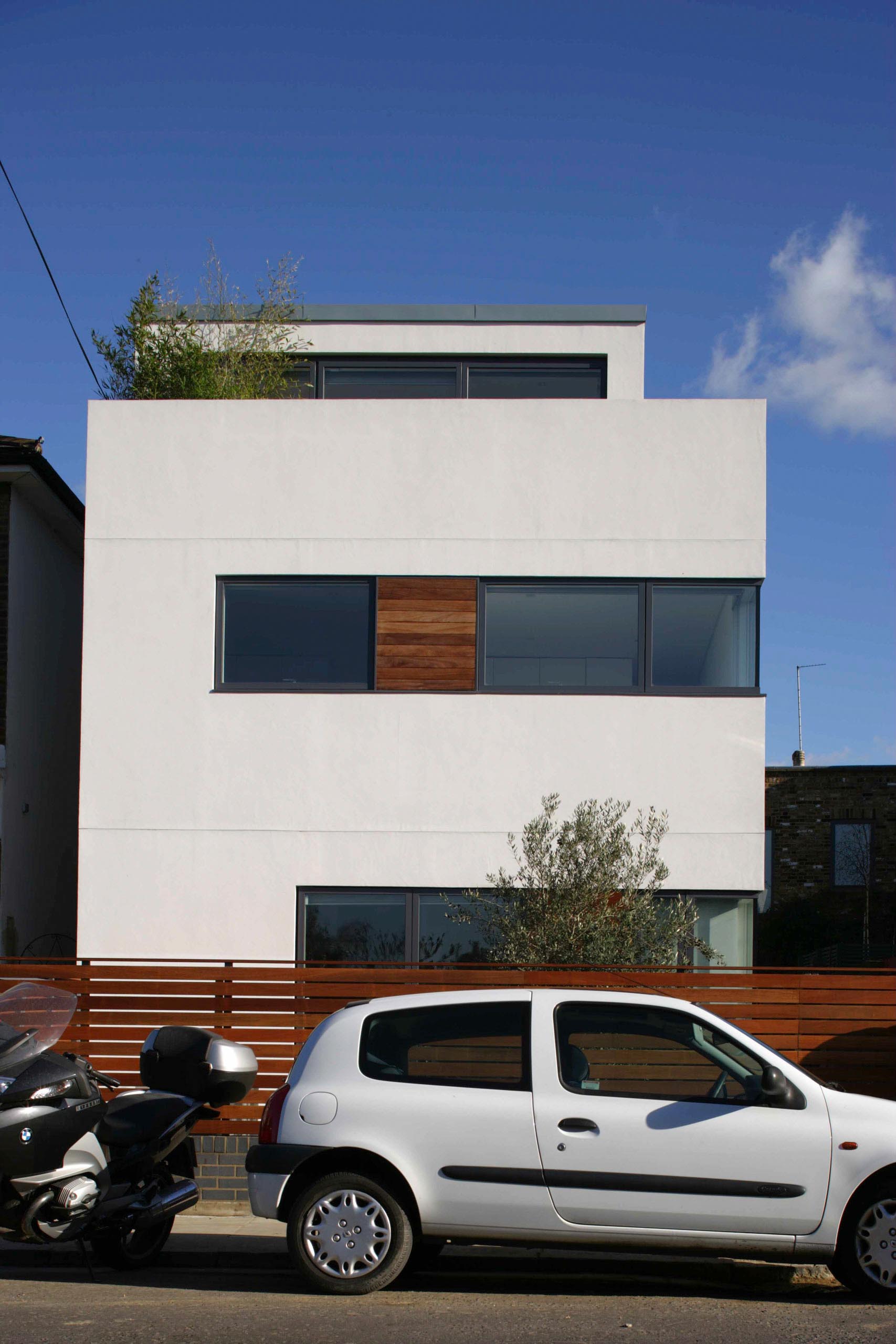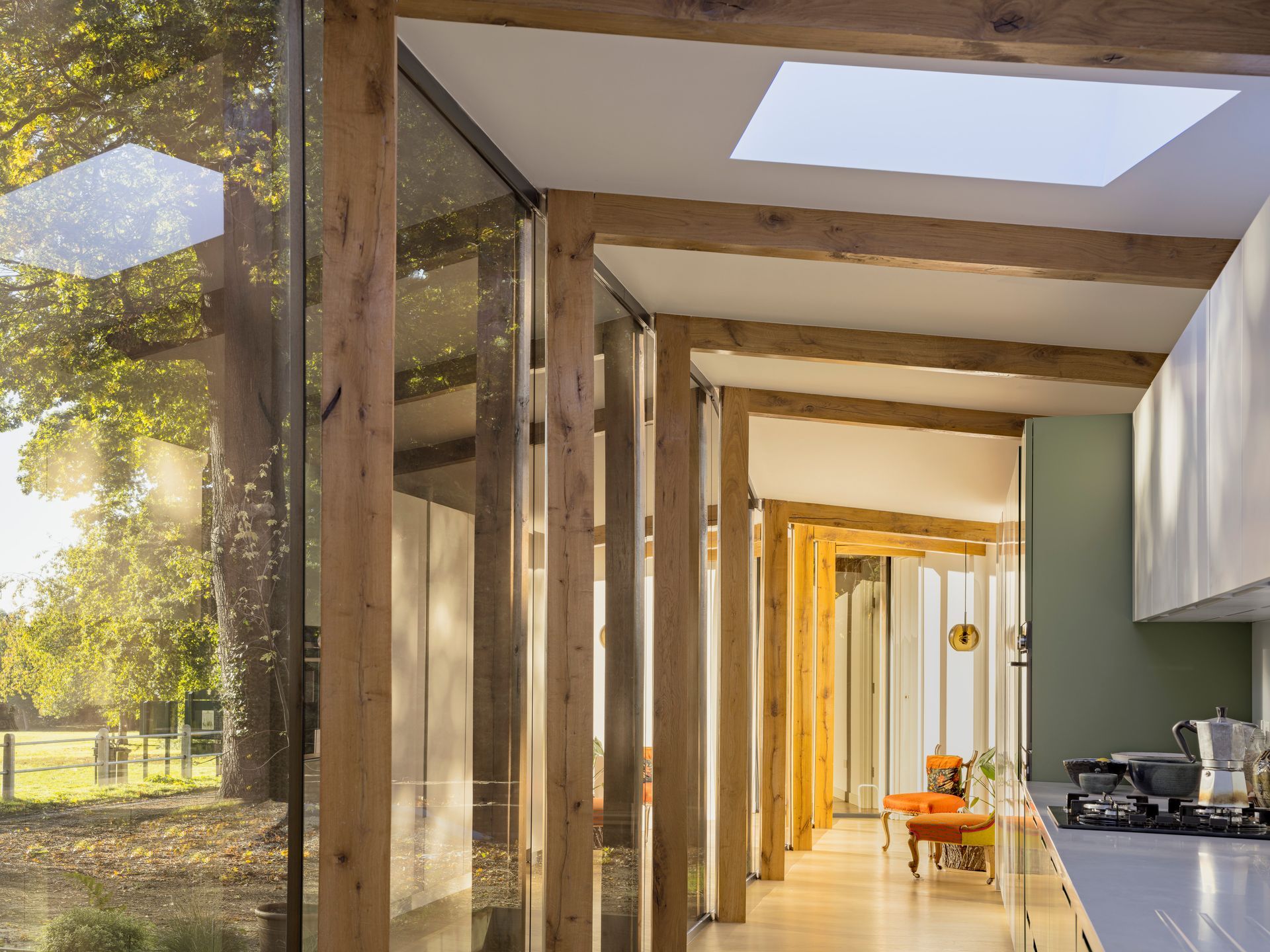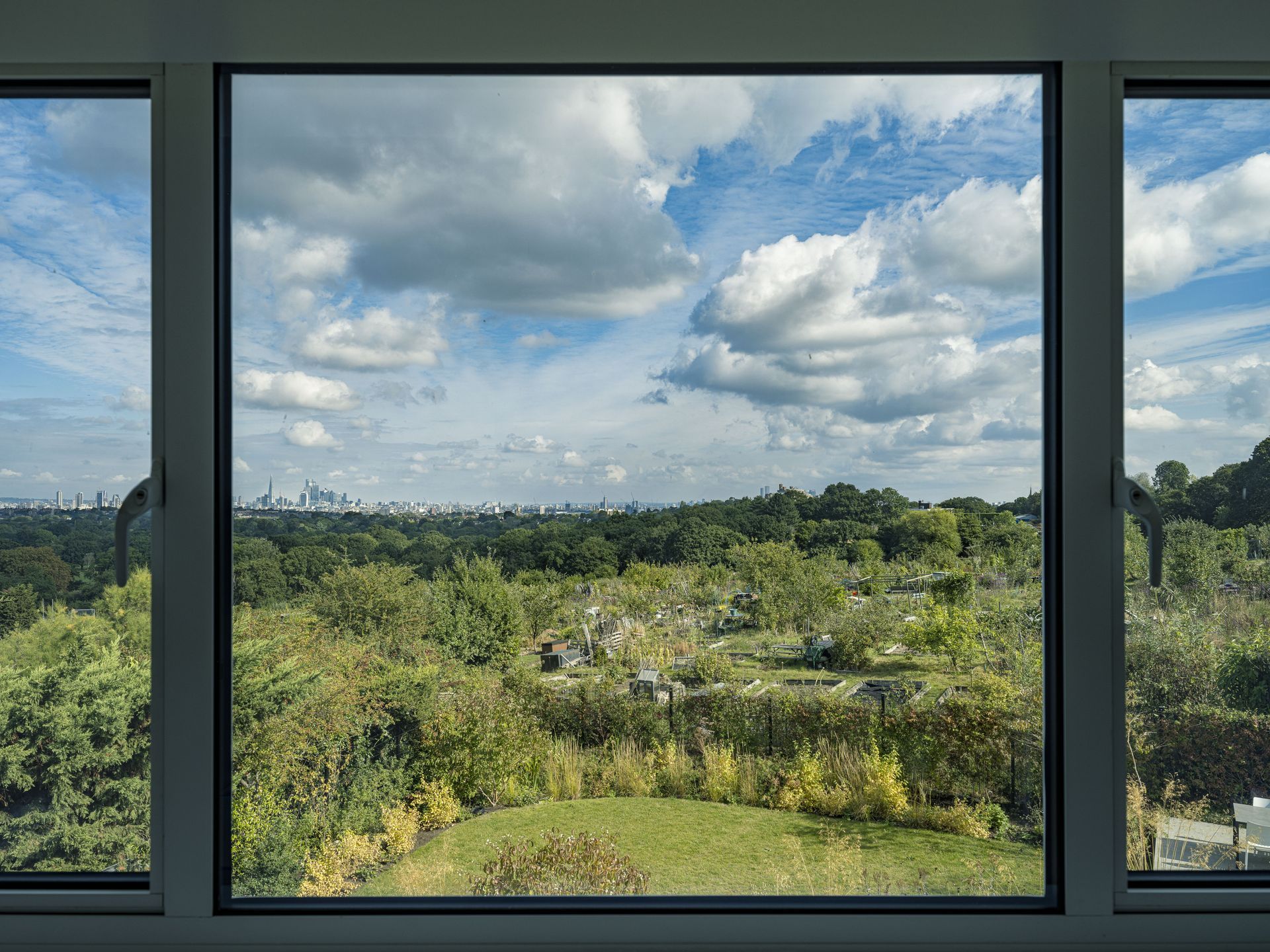Understanding Your Procurement Options


1. Design & Build Contractor
A Contractor-Led Process
Design & Build can seem like the most straightforward route—one team takes on both the design and construction phases, often delivering a complete, ready-to-use outcome. It can simplify project delivery by consolidating responsibility with a single contractor.
While this approach suits some commercial or straightforward new-build developments, it often lacks the nuance and flexibility required for more bespoke residential projects. Without a clearly defined specification, there’s a risk that cost-cutting may affect the quality of materials, detailing, or overall architectural intent. For clients who value design-led outcomes and careful material selection, this method can feel restrictive.
2. Competitive Tender with Full Specification
The Traditional Architect-Led Model
This route offers full transparency and design control. As architects, we produce a complete set of drawings, technical details, and specifications, which are then priced competitively by a shortlist of trusted contractors.
It’s a robust and structured process that ensures like-for-like comparisons and helps secure best value. With architectural oversight retained throughout, we can safeguard design quality and hold the contractor accountable to a clearly defined vision.
That said, this route does require more upfront investment—in both time and professional input. Preparing the tender package, receiving bids, and reviewing options can take several months. While ideal for high-value or more complex schemes, it may be more than is needed for simpler projects.
3. Negotiated Tender with a Preferred Contractor
Flexible, Collaborative, and Often the Best of Both Worlds
Our recommended route for many of our clients—particularly those pursuing bespoke, high-quality outcomes—is the negotiated tender. This involves engaging a preferred contractor early, then working in collaboration with them through the design and costing stages.
Rather than producing a full tender pack upfront, we create a clear Employer’s Requirements document outlining design priorities, material palettes, and quality expectations. This offers clarity and alignment without slowing down the process.
By involving the contractor at an earlier stage, we can identify cost implications and practical challenges upfront, refine the design accordingly, and avoid surprises later. It’s an approach that supports flexibility, fosters trust, and can result in better cost certainty and a faster route to site.
A formal contract—usually JCT or RIBA—would still be in place to define responsibilities and protect your interests throughout.
Next Steps
Given the bespoke nature of your project and your ambition for a high-quality, well-managed result, we believe a negotiated tender route with a carefully chosen contractor would provide the right balance of control, creativity, and efficiency.
We’d be happy to arrange a meeting at our studio to talk through your project in more detail. During that session, we can:
• Review the planning approval and explore design opportunities.
• Outline how we’ll guide you through each project stage—from concept to completion.
• Discuss the level of involvement that suits your needs, whether full-service or advisory.
• Recommend contractors with the right experience and ethos for your vision.
At RDA, we pride ourselves on delivering homes that reflect both our clients' aspirations and a commitment to lasting quality. Choosing the right procurement route is the first step in that journey.





